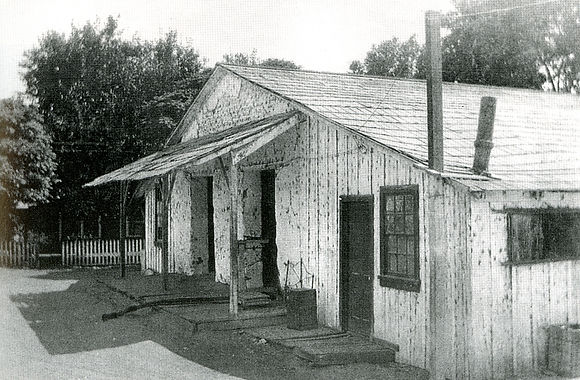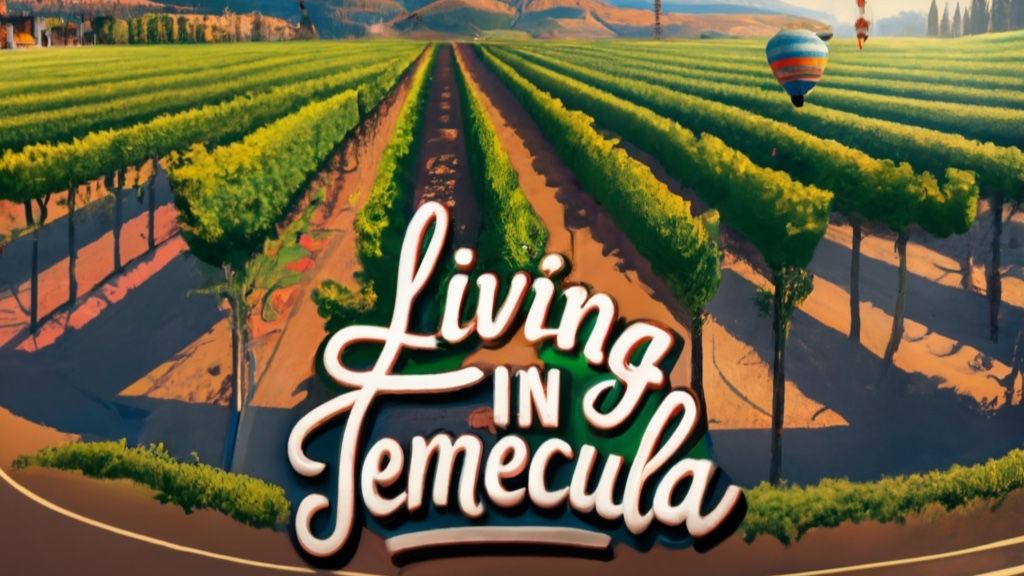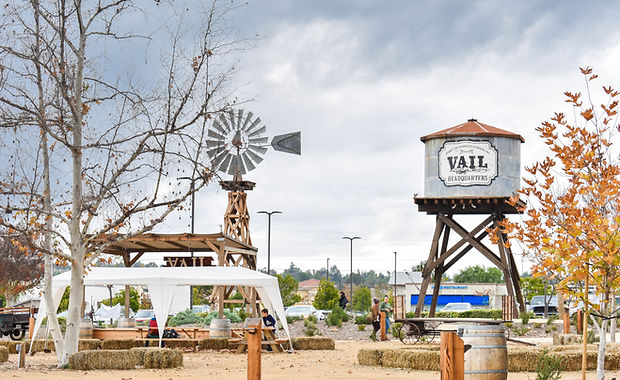In this article, you will take a fascinating journey through the rich history of Vail Ranch. Uncover the stories and events that shaped this historic landmark as you explore its past. Discover the significant role Vail Ranch played in the development of the region and gain a deeper understanding of its cultural and historical significance. Prepare to be transported to a time of pioneers, cattle ranching, and the pioneering spirit that still resonates in this iconic location today. Get ready to immerse yourself in the captivating tapestry of Vail Ranch’s history.
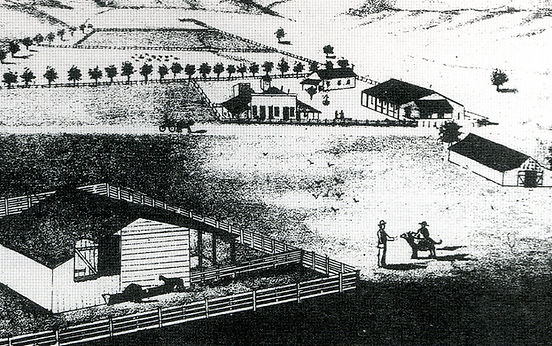
Overview of Vail Ranch
Introduction to Vail Ranch
Welcome to the comprehensive guide on Vail Ranch, an influential part of the Inland Empire’s history. Nestled in the beautiful region of Temecula, California, Vail Ranch holds a significant place in the development of the area. From its establishment by the Luiseño Native Americans to the arrival of the Vail family, the ranch has witnessed a fascinating history filled with innovation, growth, and transformation.
Geographical Location
Vail Ranch is situated in the picturesque valleys of Temecula. The region benefits from its prime location, boasting fertile soil and a Mediterranean climate, perfect for agriculture. Surrounded by rolling hills and scenic landscapes, Vail Ranch captivates visitors with its natural beauty and rich history.
Timeline of Vail Ranch
To truly appreciate the impact of Vail Ranch, it is essential to understand its historical timeline. The ranch’s story begins with the arrival of the Luiseño Native Americans, followed by the influence of Spanish and Mexican settlers. The Vail family enters the picture later, establishing their legacy throughout the ranch’s transformation from a cattle ranch to a thriving agricultural center. The timeline unravels the evolution of Vail Ranch and highlights its significance in various periods of history.
Early Settlers
Arrival of the Luiseño Native Americans
Long before European settlers arrived, Vail Ranch was home to the Luiseño Native Americans. These indigenous people were skilled farmers, cultivating the land and living off its abundance. The Luiseño community thrived in the region, and their presence laid the foundation for the subsequent cultural and economic developments that would take place in Vail Ranch.
Spanish and Mexican Influence
With the arrival of Spanish and Mexican settlers in the late 18th century, Vail Ranch experienced a new era of influence. The Spanish missionaries brought their agricultural expertise, introducing new farming techniques and crops. Under Mexican rule, vast land grants were distributed, and Vail Ranch became part of the Rancho Temecula, significantly impacting the region’s development and setting the stage for future changes.
The Arrival of the Vail Family
The story of Vail Ranch as we know it today begins with the arrival of Walter and Leonore Vail in the late 19th century. They recognized the potential of the region and saw an opportunity to establish a thriving ranching operation. The Vail family made significant investments in the land, developing infrastructure and implementing modern farming practices. Their arrival marked a turning point for Vail Ranch, propelling it into a new era of growth and prosperity.
Ranching Era
Cattle Ranching Industry
During the ranching era, Vail Ranch became synonymous with the cattle industry. The expansive pastures provided the ideal conditions for raising livestock, and the Vail family capitalized on this opportunity. Through strategic breeding and land management, they built a successful cattle ranching operation that supplied beef to nearby communities. Vail Ranch became renowned for its high-quality cattle, earning a reputation as a leading ranch in the region.
Rise of the Sheep Industry
In addition to cattle ranching, the Vail family recognized the potential of the sheep industry. They introduced a large flock of sheep to Vail Ranch, capitalizing on the availability of open grazing land. With the demand for wool and mutton on the rise, the sheep industry flourished at Vail Ranch, contributing to the area’s economic growth.
Ranching Techniques and Innovations
To ensure the success of their ranching operations, the Vail family implemented innovative techniques and technologies. They utilized advanced land irrigation systems, introduced improved breeding practices to enhance the quality of their livestock, and implemented efficient herding and branding methods. Their dedication to modernization set a new standard for ranching practices in the area.
Agricultural Expansion
Introduction of Citrus Orchards
As the 20th century unfolded, Vail Ranch underwent a transformative period with the introduction of citrus orchards. Recognizing the region’s suitability for citrus cultivation, the Vail family planted hundreds of acres of orange, lemon, and grapefruit trees. The establishment of these orchards not only brought economic prosperity but also significantly shaped the landscape of Vail Ranch.
Grapes and Wine Production
Alongside citrus orchards, grapes became an integral part of Vail Ranch’s agricultural expansion. The region’s climate and soil proved ideal for vineyards, leading to the establishment of grape growing and wine production on the ranch. The Vail family embraced this opportunity, setting the stage for Temecula’s reputation as a renowned wine region today.
Other Agricultural Activities
In addition to citrus and grapes, Vail Ranch engaged in various other agricultural activities. They diversified their crops to include vegetables, grains, and other fruits, catering to the needs of the local market and contributing to the agricultural abundance of the region. Vail Ranch emerged as an agricultural powerhouse, supplying a wide range of produce to neighboring communities.
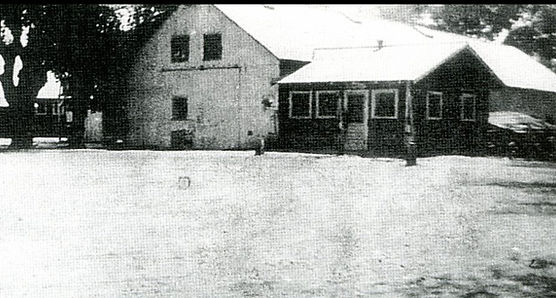
The Vail Ranch Community
Creation of the Vail Ranch Village
To accommodate the growing community and provide housing for their employees, the Vail family established the Vail Ranch Village. This community featured homes, schools, a post office, and other essential facilities. The Vail Ranch Village fostered a sense of community spirit among the residents, creating a close-knit neighborhood while supporting the ranching and agricultural endeavors.
Life in the Vail Ranch Village
For those fortunate enough to live in the Vail Ranch Village, life was vibrant and interconnected. Residents enjoyed close proximity to nature, engaging in outdoor activities such as hiking, horseback riding, and exploring the vast ranch grounds. The sense of community thrived, with residents gathering for social events, contributing to the overall vitality of the Vail Ranch area.
Closure and Transformation of the Vail Ranch
As the region continued to grow and urbanization took hold, the Vail family faced the reality of change. In 1964, the Vail Ranch ceased its operations, marking the end of an era. The land passed through various ownerships and evolved into what we know today. However, the legacy of Vail Ranch remains deeply ingrained in the history and spirit of the region.
Vail Ranch in World War II
Role of Vail Ranch during World War II
During World War II, Vail Ranch played a vital role in supporting the war effort. The ranch supplied beef, wool, and other agricultural products to the military. The dedication and contributions of the Vail family and their employees were essential in sustaining the troops and supporting the war industry.
Japanese Internment Camp
In a tragic turn of events, Vail Ranch became the site of a Japanese internment camp during World War II. Japanese-American citizens were forcibly relocated to the camp as part of an internment program. This period in Vail Ranch’s history serves as a somber reminder of the injustices faced by certain communities during wartime.
Impact on the Vail Ranch Community
The presence of the internment camp had a profound impact on the Vail Ranch community. The forced relocation of Japanese-Americans created an atmosphere of tension and uncertainty. However, the Vail Ranch community demonstrated resilience and empathy, supporting their fellow community members and working towards a brighter future.
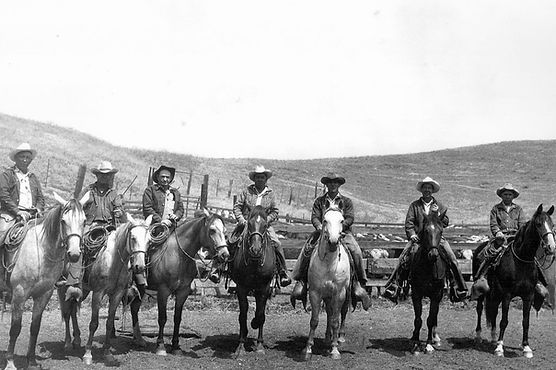
Preservation and Historical Significance
Importance of Vail Ranch in Inland Empire History
Vail Ranch holds tremendous historical significance in the Inland Empire. It played a pivotal role in the region’s economic development, shaping the landscape and contributing to the area’s agricultural prominence. The legacy of Vail Ranch serves as a testament to the resourcefulness and determination of those who established and nurtured it.
Efforts for Preservation and Restoration
Recognizing the importance of preserving this rich heritage, efforts have been made to protect and restore Vail Ranch. Various organizations and individuals have dedicated themselves to maintaining the historical integrity of the land, ensuring that the legacy of Vail Ranch is safeguarded for future generations.
Historical Landmarks and Interpretive Center
Visitors can explore the historical landmarks and interpretive center that showcase the captivating story of Vail Ranch. These landmarks provide insights into the ranching era, agricultural expansion, and the community that once thrived on the land. The interpretive center offers a deep dive into the history, allowing visitors to gain a comprehensive understanding of Vail Ranch’s past.
Vail Ranch Today
Current Use of Vail Ranch Property
While the ranching era might be a thing of the past, Vail Ranch continues to hold significance in the present. The property has been repurposed for residential, commercial, and recreational use. Its vast landscape now accommodates housing developments, shopping centers, golf courses, and other amenities, contributing to the growth and prosperity of the surrounding area.
Vail Ranch Restoration Projects
Driven by a commitment to preserving history, restoration projects have breathed new life into certain aspects of Vail Ranch. Old structures and buildings have been renovated and repurposed, allowing visitors to catch a glimpse of the past while enjoying modern amenities. These restoration projects strike a delicate balance between preserving history and adapting to contemporary needs.
Tourism and Educational Opportunities
Vail Ranch’s rich history and scenic surroundings make it an attractive destination for tourists and history enthusiasts alike. Visitors can immerse themselves in guided tours, exhibitions, and educational programs that shed light on the ranch’s past. From experiencing the land’s natural beauty to learning about its cultural heritage, Vail Ranch offers a multitude of opportunities for exploration and discovery.
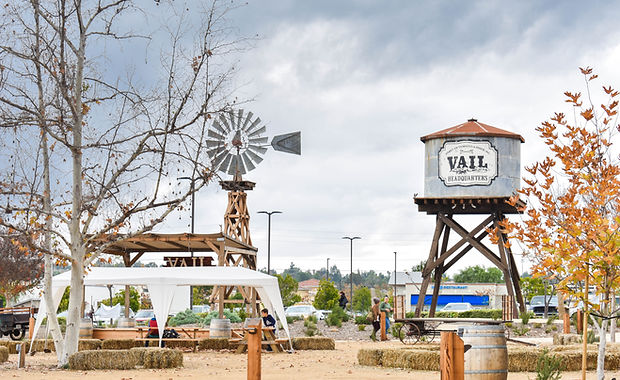
Vail Ranch Legacy
Impact of Vail Ranch on Local Economy
The legacy of Vail Ranch extends beyond its historical importance. The ranch’s economic contributions during its prime have had a lasting impact on the local economy. From providing employment opportunities to stimulating other industries, Vail Ranch played a significant role in the prosperity of the region, leaving a lasting legacy that continues to shape the local economy to this day.
Legacy of Vail Ranch Families
The Vail family’s vision, hard work, and dedication have left an indelible mark on Vail Ranch’s legacy. Their passion for ranching, agricultural innovation, and community building set the foundation for the ranch’s success. The Vail family’s commitment to sustainable practices and their role as stewards of the land serve as an inspiration for future generations.
Inspiration for Future Generations
Vail Ranch serves as a reminder of the transformative power of vision and dedication. Its legacy inspires future generations to embrace innovation, preserve history, and nurture a sense of community. The lessons learned from Vail Ranch’s past contribute to the ongoing development of the area, ensuring that its heritage is cherished and woven into the fabric of the Inland Empire.
Conclusion
Vail Ranch’s journey encapsulates a rich tapestry of history, innovation, and community. From its humble beginnings as the home of the Luiseño Native Americans to its transformation into a robust ranching and agricultural hub, Vail Ranch has woven its way into the fabric of the Inland Empire. While its operations may have evolved over time, its legacy endures, inspiring future generations to cherish both the past and the promise of a vibrant future. Whether exploring the historical landmarks, engaging in agricultural practices, or simply enjoying the natural beauty of the region, Vail Ranch invites you to be part of its enduring story.
